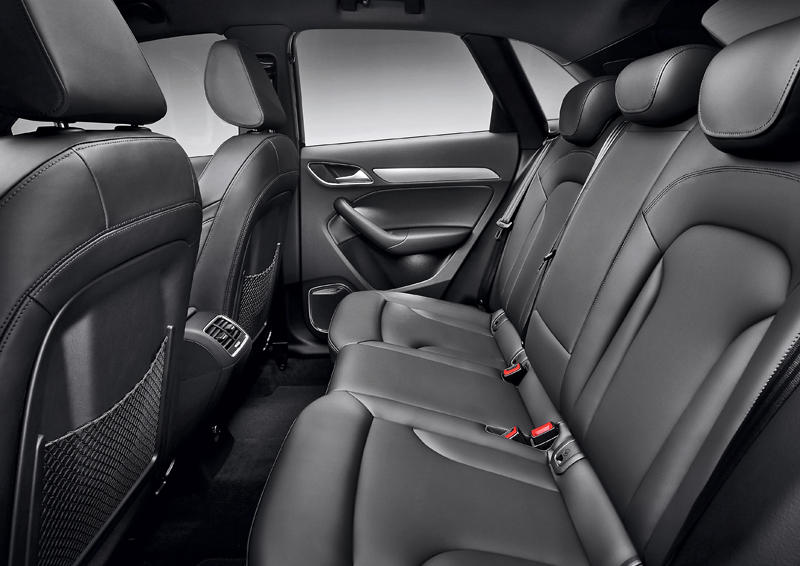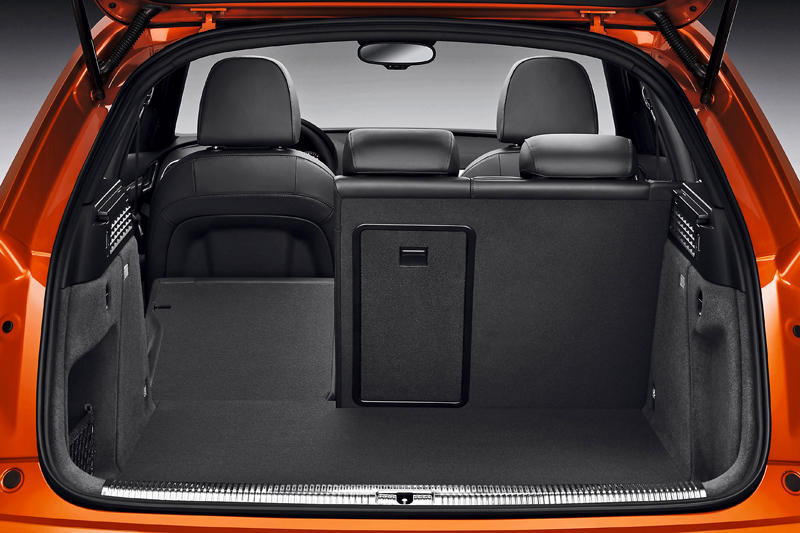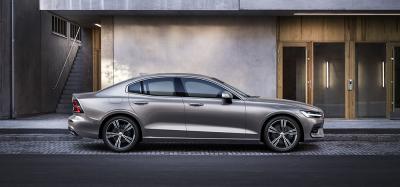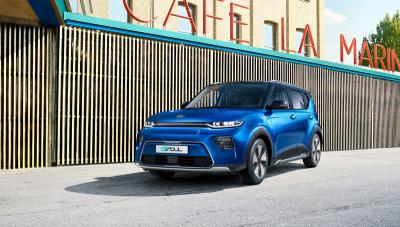A family recipe that combines an Audi sport utility downsized for the smallest (at least until the Q1 arrives) of the crossovers with four rings. The new Q3 is compact, under 4.5 metres long, has powerful engines, a personal style and room for 5 people, a real family car that doesn't even limit the space in the boot that has a capacity of 460 litres. These are the winning cards of the new challenger in the class C compact SUV segment, which in times of crisis is a fairly persistent, not to mention compelling, niche for some brands, that still seems to be the most popular with the public. Which for the Q3 means exclusive equipment, quality finishes, avant-garde solutions and the peace of mind of a reliable all-wheel drive, with the option of front-wheel drive in the less expensive entry level version of the range. And all in a dynamic, attractive silhouette with a large single-frame grille and features that it shares with the entire Audi family, short overhangs, a wedge-shaped line from the sloping roof, shaped rear pillars and a decidedly inclined rear window. By blending styles that can no longer be described as impetuous, it can be described as a coupé-wagon which is confirmed by an aerodynamic coefficient from Cx of 0.32. But its appeal does not stop at the standard configuration because as it has two specific integrated packages for the body: the sporty S line, with a stance lowered by 20 mm and 18" alloy rims, and the Offroad Exclusive, purely formal, with the addition of side fascia and a steel underbody that emphasizes its off-road appearance.
Connected to the network
The spacious cabin has appreciable levels of quality, comfortable individual seats in the front and a bench seat in the rear, which can be split to increase boot capacity up to 1365 litres, and exclusive equipment, such as the optional sunroof and LED internal lights. The wraparound dashboard is a stylistic element shared by all Audi models. The controls and instruments are completed by a central, retractable navigation display, and infotainment of 6.5 or 7 inches, depending on the levels, that can be integrated with the MMI multimedia system, a real technological concentrate controlled by a simple knob which gives access to all the onboard information, radio controls, DVD reader (also with television), GPS updating also with Google Earth in 3D, voice-controlled bluetooth interface and, if you want, Audi Connect internet connection with 7.2 Mbit/sec Wlan hotspot for passenger devices, tablets, notebooks, smartphones and so on.
The movement of the latest arrival in the Q family has been entrusted to two modern petrol or diesel engines, both 2 litre and with four power levels: the petrol Tfsi is available in the 170 HP version and, at the top of the range, the more brilliant 211 HP, while the Tdi is proposed as an entry version with 140 HP (the only possible option in the Q3 with front-wheel drive only) and a higher performance version, the most interesting for the market, with 177 HP. Modern and flexible engines, all supercharged and with direct fuel injection, Start&Stop system, and brake energy recovery combined with 6-gear manual transmission or the sophisticated, 7-gear S Tronic automatic transmission which is standard in the more powerful versions. The performance philosophy is purely road oriented and decidedly accentuated in this sport utility, with top speeds of 202 km/h with the less powerful and 230 km/h with the Tfsi, with declared consumption never less that 10 km/litre (it touches 20 km/litre with the mixed cycle in the 140 HP Tdi 140) and CO2 emissions from 138 to 179 g/km.
State-of-the-art assistance
But the electronics are not limited to web connection or automatic heat and seat control. The leading-edge technology perfected by the German group is interpreted today in dynamic drive and active assistance for a vehicle in the intermediate range, which already appeared months ago in its "cousin", the Volkswagen Tiguan. It's a kind of automatic pilot that aids changing lanes (Audi Side Assist) by means of radar sensors that monitor traffic and, if necessary, straighten the steering wheel to bring the car back into lane (Audi Active Lane Assist). The internal display shows the traffic revealed by the cameras and adaptive light headlamps (in the Xeno Plus lights package) recognize an oncoming vehicle and automatically dip the headlights. When the destination has been reached and the steering is released, parking assistance automatically carries out the relevant manoeuvres, so the driver has only to operate the brake and accelerator.
At the basis of it all there is a balanced and evolved frame with the most scrupulous design down to the smallest detail. To reduce weight, for example, the bonnet and the boot are in aluminium, whereas soundproofing is foam compensate and fills the hollows to tone down irritating noises. The body's self-supporting structure integrates a subframe for mounting the suspension with independent wheels front and back and solid coupling of elements in steel with others in aluminium.
Movement is constantly monitored by electronics integrated with ESP, which in association with the Continuously Controlled Suspension (CCS), available as an optional, allow the driver to change the dynamic parameters with the Audi Drive Select for a sporty driving style, one oriented towards comfort, a balance between the two, or with maximum energy efficiency.
The automatic Haldex transmission with central differential provides traction mainly on the front wheels and transmits torque to the rear axle at the first sign of slipping. Also in this case, the electronics spread the power to each wheel to optimize grip without any driver intervention.
The parameters are mainly road-oriented; its vocation as a real off-roader is not apparent, even in the distance. The height from ground is just 17 cm with low clearance from the asphalt that allows it to handle terrain that is no more insidious than a dirt road. The choice of wheels does not provide for any particular offroad profiles, with tyre sizes ranging from 215/65 R16 for the basic with optional 235/55 R17 and 235/50 R18 that can be mixed from seven different designs of alloy rims. The only concession to more slippery ground at the moment is hill-start assistance but there could also be descent speed control in the future.

The personal line of the Q3 is dynamic and attractive

The internal space has room for up to 5 people without taking any from the 460-litre boot

By lowering the split rear bench seat, boot space can be increased to 1,360 litres

The wraparound central dashboard is common to all recent Audi cars









